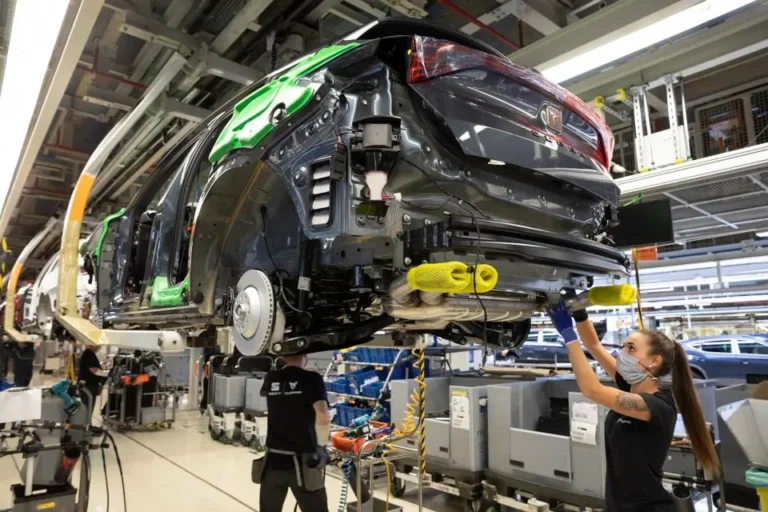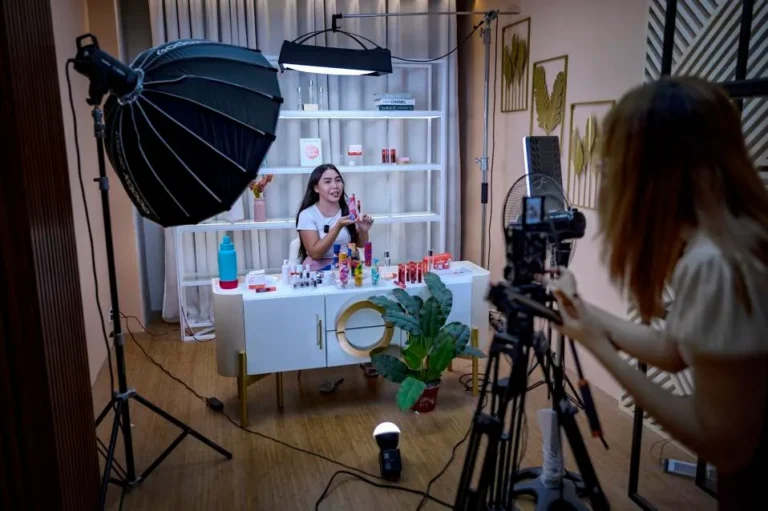Dean DeBiase is a best-selling author and Forbes Contributor reporting on how global leaders and CEOs are rebooting everything from growth, innovation, and technology to talent, culture, competitiveness, and governance across industries and societies.

How To Add $1 Billion Of Revenue In One Year

By Dean DeBiase
October 21st, 2022
Business leaders often plow ahead into the future, executing on the latest growth plans and making the next quarter, without the latest insights that could help. As global leaders, we need reflection pauses to learn from the past, our competitors, events and even crisis—especially the big one the planet just went through. Let’s call it Pandemic Reboots—with lessons from an unexpected and underestimated brand—Crocs, Inc. (NASDAQ: CROX).
Some of the most remarkable reboots often involve a strong team with a passionate leader who has a new take on things. At Crocs, we are talking about Elaine Boltz. Her first day on the job, as the new Chief Operating and Transformation Officer was March 2020—COVID’s equivalent of D-Day. No sooner had she settled into her new digs at their cool Colorado headquarters, the pandemic shut down supply chains, manufacturing, retail and more. However, it also offered up leadership opportunities for the Crocs team to become a zeitgeist performer.
Lets jump to the end of the story. Those shoes people love to hate— but everyone from kindergarteners to your gardening grandma has a pair—became a huge success, once again. In 2021, they had 67% revenue growth and industry-leading 30% operating margin and sold 103 million pairs of footwear globally, up 49% over 2020. During the fourth quarter, the brand sold 22.6 million pairs, an increase of 19.7% over last year—adding $1 billion of topline revenue in just a year!
Now, with Q2 2022 earnings up 51%, Crocs has continued this momentum, growing revenue by 20% in the first half despite a challenging global operating environment. The brand achieved $732 million in revenue in the second quarter, up 19% over the same time last year. Crocs seems to be doubling down on consumer desires of comfort and value as it embarks on a mission to achieve revenues of a whopping $5B by 2026. Crocs CEO Andrew Rees says, “I think we’re right on track. We’re gaining market share. And if there is a recession or the consumer continues to tighten, we’re also optimistic about our chances in that environment as well because our price point is $50…”
Crocs acquired HEYDUDE this year for $2.5B, diversifying its portfolio and adding a second high-growth, highly profitable brand. The company has moved quickly to leverage Crocs’ global presence, innovative marketing and scale infrastructure to take HEYDUDE to the next level—not only in the U.S., but in Europe and Asia too. Elaine seems to be applying her learnings from transforming and innovating Crocs’ global supply chain network to achieve swift revenue growth for HEYDUDE. With a new brand identity—kicking off the next round of growth and innovation—they are laying the groundwork for HEYDUDE to achieve $1B in revenue by 2024. Moving to a multi-brand company, Andrew is bullish about the future: “We have two credibly strong brands that are well positioned to meet the needs of our core consumer with our value and comfort proposition. The consumer demand for both our brands is exceptional and we expect both brands to gain market share in this dynamic environment. We remain incredibly confident in our long term growth and our ability to generate best-in-class profitability.”
The Crocs reboot provides a front row seat into serendipitous leadership and innovation lessons that CEO’s could use now. How did Crocs become a zeitgeist performer, with one of the most dramatic pandemic success stories of any company? Was this all planned? Yeah right…of course not! How did they do it? The boring headline would be ‘they rose up to supply chain challenges and met a customer needs for comfort and convenience’. Not enough? Okay then, as I ask Executive Education and MBA students at Kellogg School of Management—beyond the common stories of a great team and culture, what else can we unpack here?
Opportunity-Crisis Pandemic Playbook
Thrust into what most global brands and retailers viewed as a crisis—Crocs added in an opportunity mindset. Elain recalls, “I worked with the leadership team to create a pandemic playbook that first week. We took a defensive and offensive push. Defensive was how do we think about conserving our cash? We don’t know what’s going to happen. How do we manage our inventory much more tightly? Offensive was how we make the most of our ability to connect with consumers during this time when comfort, both physical and emotional, became a very big deal. We’ve got a profound history of the healthcare community and took the opportunity to give away 850,000 free pairs of crocs to the healthcare community.” Since March 2020, they have donated 1 million pairs of shoes to healthcare workers globally.
Upgrade Your Digital First Plans
And while the pandemic spurred them on, Crocs had already been on a multi-year transformation process. They reacted to the fact that they were anti-fashion to become fashion. Their transformation started in 2014-15 when they began to focus on being digital first. What does that oft-used phrase mean to them? It’s not just selling shoes online, which is projecting to be 50% of revenues by 2026.
As Elaine says, “digital for marketing has been a huge part of how we have built the brand. Our marketing team has been incredible about hooking into what’s going on virally and connecting with consumers where they are on social. They’ve been teaming up and doing collaborations with great brands, great artists, great designers that have pushed the business.” You might not realize that rappers like Bad Bunny, Genz Z icon Justin Bieber and even Balenciaga are now collaborating with the brand you might have previously only thought of as yardwork shoes.
One of the things I admire about Crocs is that they are not just doing what many fashion footwear brands are and glomming onto TikTok and Snap with ads, they approached the fashion world as an outsider, and became one of the few public companies literally living and breathing digital and culturally embedding it into the soul of the company.
Digital first for Crocs also extends into operations and using AI, which they use for forecasting. Robotics has helped them scale very quickly in commerce operations. “For us digital is more than just kind of a business, it’s really how we want to approach growth and the future of the company.”
Be Truly Global
Increasing sales by more than $1 billion in a single year came in part because of their global expansion. They are now in more than 80 countries, with EMEA and Asia as big growth opportunities. One of the reasons they acquired HEYDUDE, a comfort casual shoe brand that was launched in the US, was that they saw the international potential. “We really make sure that we’ve got our connections built with all of our offices and folks around the world, and that we’re thinking about where we go, not just from a North American perspective, but really from a global perspective, scaling at that level, in terms of talent, processes and the supply chain during a time of incredible disruption. It requires a real flexibility and agility internally and an incredible amount of collaboration and innovation to get through that,” she says.
Adapting and Facing Reality in Times of Chaos
How can you grow when you don’t know if you will have the materials to produce your goods? “As the supply chain gets more volatile and unpredictable it has influenced how we think about marketing launches around the world,” she says. “If you can’t rely on goods arriving on time, how do we shift that approach? We made a point of facing reality with the supply chain which has helped us. A lot of companies took a wait and see approach while we wanted to be very quickly decisive.” As she relates, “if we’re going to be dealing with supply chain issues for a long time, let’s figure out how to work with it. We looked at our product line to make sure that it’s tight and focused, and that we protect newness. We’re thinking about how we let factories run longer lines by cutting the product line. Airfreight is now a newer part of competing from a logistics standpoint.”
“It took a lot of sharp focus and prioritizing,” she continues. “We’ve had a real mantra of Smarter, Better, Faster. Smarter is how do we get incredibly good with data, how we get access to be able to see around corners and get better insights. Better is about how we can work to find opportunities for improvement and create efficiencies that transform the way we operate. Faster is a big Crocs issue. How do we respond and make decisions with the best information that we have knowing that we can make a shift later.”
Use AI and Data to Increase Speed
“A big part of our culture is fast decisions,” she says. “Be smart, use the data, think about the implications. And be focused and prioritized. We really want to have smart, sustainable growth. But we know what works about this company. What makes it so fun to work at is that we are moving quickly, and we’re making things happen. A big part of our conversation right now is balancing how we build in sustainable processes and ways of acting that we can scale with the ability to still change quickly to respond to the marketplace and keep the attitude that we don’t have it all figured out. So we better be willing to change on a dime.”
On a dime indeed.






